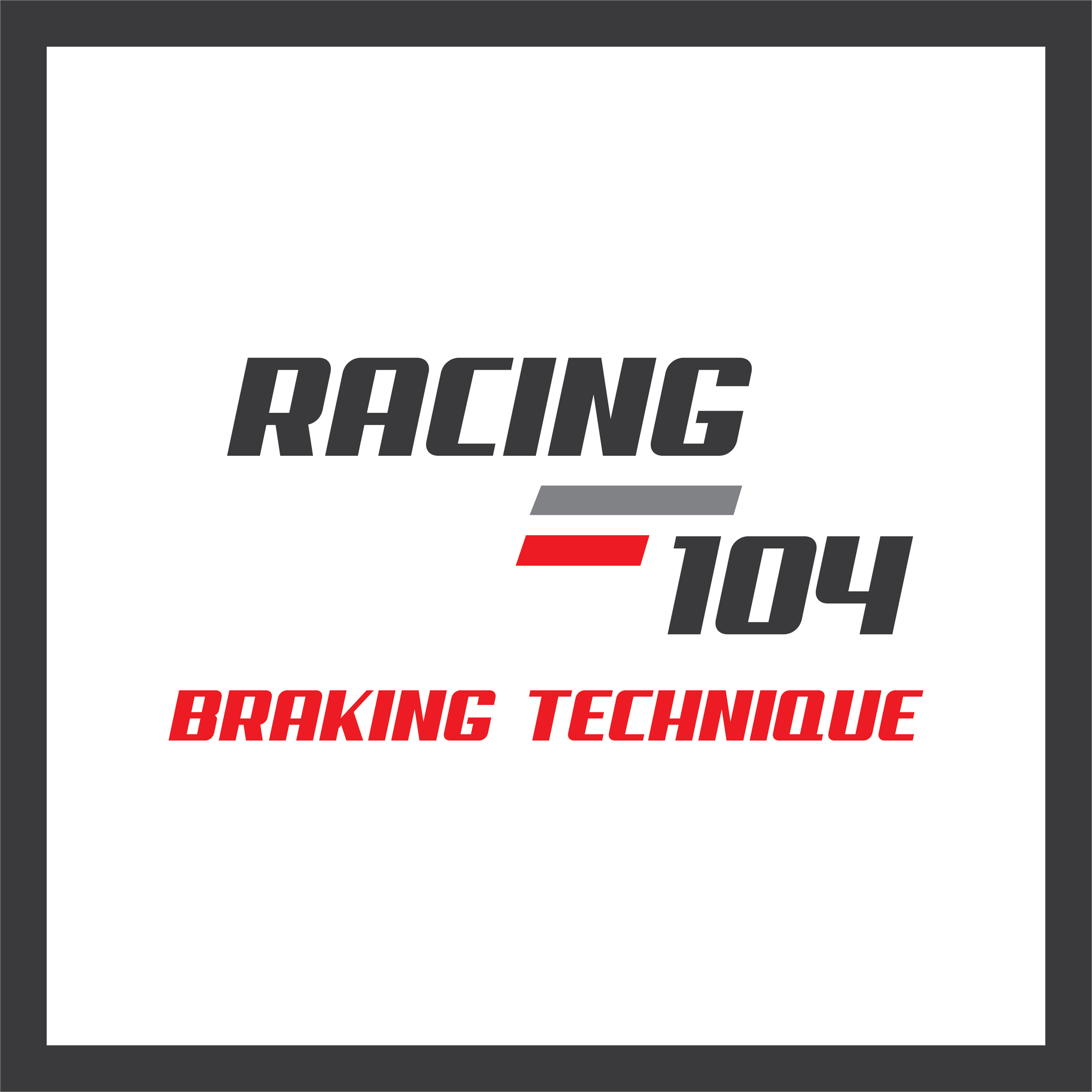So, first things first; why bother shifting? What is the reason for using gears in a race car? Well, all engines have an optimum range of revolutions per minute where they make the most power. If you can use gear ratios to keep the engine at or near that optimum powerband, then you'll be maximizing the acceleration capabilities of the car at all times. And that's a good thing! Shifting between the gears then becomes a task that needs to match the optimum engine revs to the relative speed of the car, as dictated by the track or the corners. On oval tracks, the gear selection should be such that the maximum revs are reached just as you arrive at the next corner. On the road courses, you want to avoid shifting up or dad in a corner,and leave the shifting for the straights.
In a fixed-ratio-gearbox car, this means there may be a compromise on gear selection. If you can make the higher gear work, use it. You should never limit your speed in a corner due to hitting the rev limit of the engine. Many of the sim cars have adjustable gear ratios. This means you can set up the gearbox so the shift points are at the best locations around the race track. If you can, set the gears so that redline, or maximum revs, is reached just after track-out in the most important corners. Redline should also be reached in top gear just as you're going to brake at the end of the longest straight-away. For some of the cars, the final drive ratio is all that can be changed. So, the relative ratio between all of the gears is adjusted appropriately.
It is perhaps a misconception that downshifting is a method of reducing speed. Only in extremely rare circumstances is this true. The purpose of the downshift is to select the optimum gear for the corner or track situation. The brakes are much better suited to slow the car down. The selection of this lower gear just so happens to be easiest to do while in the brake zone, and is perhaps the origin of this confusion. Way back in the early days of racing, the downshift was actually used to help slow the car but, ever since the advent of disc brakes, there's just no need to do it now. So remember; use your brakes.
In a real car, the task of proper heel-toe downshifting is one of the most difficult skills to master, especially if the gearbox requires double-clutching. But in the sim, you'll probably start with the auto-clutch and blip feature. To do a real downshift properly, you must first establish your brake application point and level. Then, while continuing to brake, begin your downshifts. While downshifting, raise the engine revs with a brief blip of the throttle without releasing brake pressure, so the engine speed and wheel speed match. This is what is commonly referred to as the heel-and-toe technique. You'll need to keep the ball of your right foot on the brake pedal, while either moving the heel of your foot to the accelerator pedal, or rolling your foot to simultaneously "blip" the throttle. Meanwhile, your left foot is free to operate the clutch. Do this for each downshift. If you don't blip the throttle high enough, you might find yourself with a sudden increase in rear brake bias, as the rear tires brake loose from the load of the idling engine.
A good baseline of when to actually do the shift is to apply a half-way rule. Halfway from the brake application to your turn-in point, do the first downshift. Halfway from that downshift to turn-in, do the second downshift, and so on for as many downshifts as needed.



